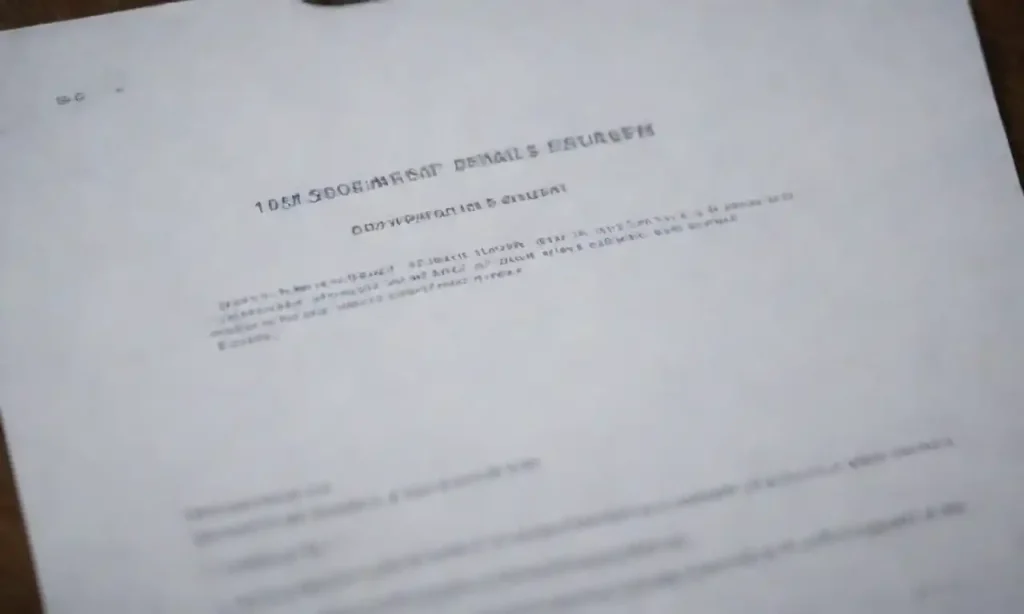What to Include in a Demand Letter for Negligence

When faced with a situation involving negligence, one of the most critical steps a victim can take is to craft a demand letter. This legal document serves as a formal communication to the party believed to be responsible for the negligence, outlining the facts of the case, the damages incurred, and the compensation sought. But what exactly should be included in a demand letter for negligence? This article delves into the essential elements and strategies that can help ensure your demand letter is effective and compelling.
Understanding how to construct a well-formulated demand letter is paramount for anyone seeking to achieve justice and restitution in cases involving negligence. In the following sections, we will explore the key components of a demand letter, the importance of clarity and detail, and tips for maximizing its impact. We will also discuss the potential legal implications and considerations that may arise when drafting this important document, empowering you to take control of your situation and escalate your claim effectively.
The Essentials of a Demand Letter
A strong demand letter begins with the correct structure and format to convey professionalism and seriousness. The first aspect to address is to ensure that the letter is addressed to the appropriate individual or entity, often the insurance company or the party responsible for the negligence. At the top of the letter, include your contact information, the date, and the recipient's contact information to establish a formal tone.
Next, start the letter with a clear subject line, such as “**Demand for Compensation Due to Negligence**”. Following this, it is beneficial to open the letter with a polite yet firm greeting. Concrete details need to follow; this includes specifying your relationship to the other party, the nature of the incident, and the circumstances surrounding the act of negligence. By doing this, you provide context that can make your case more compelling.
Detailed Description of the Incident
As you proceed with the demand letter, it is essential to present a thorough, factual recounting of the incident in question. Be clear about what occurred, including dates, times, and locations, as well as any witnesses who were present. If applicable, include photographic evidence or reference any police reports associated with the incident.
This section should carefully detail how the negligence occurred. For instance, if the negligence relates to a car accident, describe the actions of the other party and how those actions led to the collision. Highlighting specific breaches of duty that led to the incident will support your claim for damages. Clear articulation of the negligent behavior will emphasize its impact, making it easier for the recipient to understand the gravity of the situation.
Documenting Your Damages
Following the detailed recounting of the incident, the next critical element of a demand letter for negligence is a comprehensive account of your damages. This includes every tangible and intangible loss you have suffered as a result of the negligence, such as medical expenses, lost wages, property damage, and other financial hardships. Each component needs to be itemized and substantiated with receipts, bills, or other supporting documents, which adds credibility to your claim.
Furthermore, depending on the nature of the claim, it might be worthwhile to discuss non-economic damages, such as pain and suffering or loss of quality of life. Quantifying these aspects can be more challenging, yet it is crucial to convey the emotional and psychological toll the incident has taken on your life. Provide a compelling narrative about how the incident has impacted your daily life, relationships, and general well-being, thus strengthening your case for compensation.
Setting a Compensation Amount
One of the fundamental purposes of your demand letter is to specify the amount of compensation you seek. This figure needs to be reasonable, yet assertive—reflecting both the measurable damages and your non-economic losses. Ideally, your demand should be calculated using all documented losses and possibly consulting with professionals for assessment, especially in cases involving personal injuries.
It is advisable to present a figure that allows room for negotiation. Often, the initial amount requested may be higher than the expected settlement to facilitate discussion and compromise. Clarifying your reasoning behind the specific figure helps the other party to see your perspective and grounds for the claim.
Concluding with a Call to Action
The closing of your demand letter should reiterate the importance of a timely response. Specify a reasonable timeline for the party to respond to your demand. This sets expectations and conveys urgency. A formal but respectful tone is vital; you want to provoke consideration, not defensiveness.
In closing, express an interest in resolving the matter amicably, which leaves the door open for dialogue. Encouraging the recipient to communicate with you or your attorney can lead to a more constructive response and facilitate a resolution to the matter without escalating it to litigation.
Final Reflections
Crafting a demand letter for negligence is a significant step toward seeking justice and compensation. The clarity and detail you include in the letter can heavily influence the outcome of your claim. Remember that this letter serves not just as a demand for compensation but also as a formal declaration of your experience and its impact on your life, establishing a solid groundwork for negotiation or potential litigation.
In conclusion, a well-written demand letter should contain a clear account of the incident, detailed documentation of damages, and a reasonable compensation request, all delivered in a professional tone. By taking the time to thoughtfully construct your letter, you enhance the possibility of achieving a satisfactory resolution in your claim for negligence. As you prepare your demand letter, remember the importance of balancing assertiveness with professionalism, paving the way for constructive negotiations that lead to a favorable outcome.

Leave a Reply